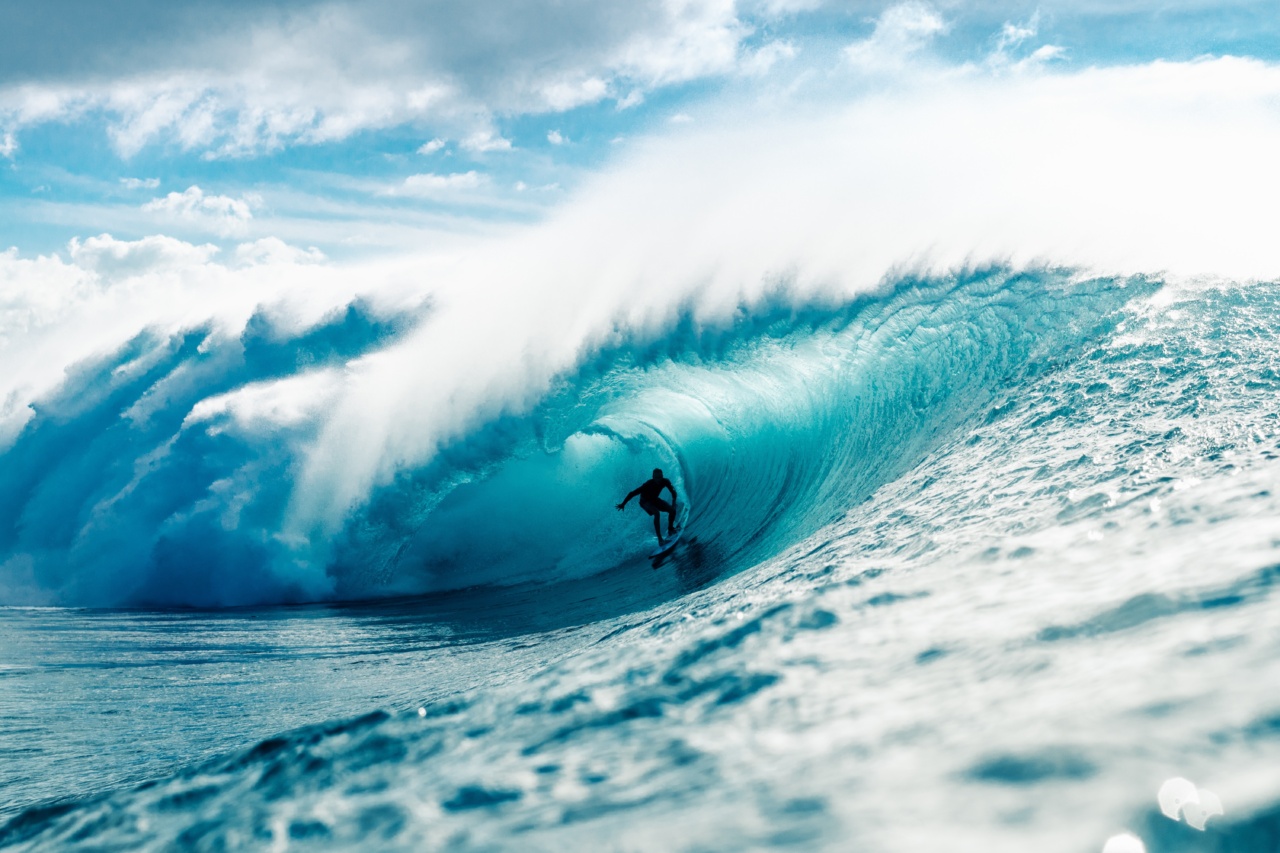Seawater bathing is a popular activity enjoyed by millions of people around the world. Whether it’s swimming, surfing, or simply lounging on the beach, the therapeutic effects of the ocean are well-known.
However, while seawater bathing offers numerous benefits, there are also some lesser-known risks that individuals should be aware of. In this article, we will explore these unknown risks and provide valuable insights into how to safely enjoy your time in the ocean.
1. Waterborne Pathogens
One of the main risks of seawater bathing is exposure to waterborne pathogens. Seawater can contain various types of bacteria, viruses, and parasites that can cause illness. For instance, Vibrio vulnificus is a bacterium commonly found in coastal waters.
It can lead to severe infections, especially in individuals with weakened immune systems. Additionally, enterococci bacteria present in seawater can cause skin infections and gastrointestinal issues.
2. Marine Animals
While encountering marine animals can be thrilling, it also poses certain risks. Some species of jellyfish and sea anemones have tentacles that release toxins upon contact, causing painful stings or even allergic reactions.
Sharks, though relatively rare, can also present a danger to swimmers. It’s essential to be cautious and aware of your surroundings to avoid potential encounters with these creatures.
3. Sun Exposure
Seawater bathing often goes hand in hand with sun exposure. While sunlight is necessary for the production of vitamin D, overexposure can have detrimental effects on your skin.
Prolonged exposure to the sun’s ultraviolet (UV) rays can lead to sunburn, premature aging, and an increased risk of skin cancer. It’s crucial to apply sunscreen with a suitable SPF, seek shade when needed, and wear protective clothing to minimize these risks.
4. Ocean Currents and Tides
Seawater bathing can be affected by ocean currents and tides, which can pose potential dangers. Rip currents, for instance, are powerful streams of water that can pull individuals away from the shore and into deeper waters.
It’s essential to understand the local currents and tides before entering the water and to follow any warnings or guidelines provided by lifeguards or relevant authorities.
5. Water Quality
The quality of seawater can vary depending on several factors, such as pollution and proximity to human activity. Coastal areas near industrial zones or densely populated regions may have poorer water quality due to the discharge of pollutants.
Ingesting or coming into contact with contaminated seawater can lead to illnesses, such as gastroenteritis or respiratory infections. It’s advisable to check local water quality reports before engaging in seawater bathing.
6. Hypothermia
Even in warm climates, seawater can be significantly colder than your body temperature. Prolonged exposure to cold water can lead to hypothermia, a condition in which the body loses heat faster than it can produce.
Symptoms of hypothermia include shivering, confusion, and exhaustion. To prevent this, it’s vital to limit your time in cold seawater, especially during colder months, and ensure you have suitable attire to keep warm.
7. Foot Injuries
Walking on the seafloor can present risks of foot injuries. Shells, rocks, and broken glass hidden beneath the sand or water can lead to cuts, abrasions, or even infections if proper care is not taken.
It’s advised to wear appropriate footwear when walking on the seafloor, especially in unfamiliar areas.
8. Drowning
Drowning is a significant risk associated with any form of water-related activity. Unpredictable sea conditions, exhaustion, or lack of swimming skills can contribute to this risk.
It’s crucial to swim within designated areas supervised by lifeguards, avoid swimming alone, and ensure you are confident in your swimming abilities before venturing into deeper waters.
9. Allergic Reactions
Seawater contains various substances that may trigger allergic reactions in susceptible individuals. Some people may develop skin rashes, hives, or even respiratory symptoms like coughing or wheezing after swimming in the ocean.
If you have a known allergy or asthma, it’s important to be cautious and seek medical advice if necessary.
10. Impaired Water Visibility
In certain locations, seawater can have limited visibility due to factors like algae blooms, sediment runoff, or the presence of suspended particles.
Poor water visibility may increase the risks associated with swimming, such as collisions with objects or marine animals. It’s crucial to exercise caution and assess the water conditions before engaging in activities that require clear visibility.































